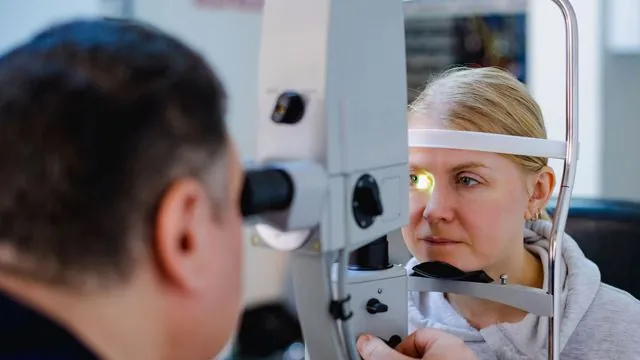
Unlocking the Universe: Northeastern Researchers Reveal Stunning Insights from COSMOS-Web
2025-06-06
Author: Li
A Jaw-Dropping Journey into the Depths of Space
In an astounding leap for cosmology, a team of dedicated researchers from Northeastern University has joined forces to unveil some of the deepest secrets of the universe, thanks to the groundbreaking COSMOS-Web project.
This ambitious initiative harnesses the incredible power of NASA’s James Webb Space Telescope (JWST), providing an unparalleled view into the cosmic past. With nearly 800,000 galaxies captured in stunning detail, this survey transports us back to a time when the universe was merely a toddler.
Revolutionary Insights from COSMOS-Web
COSMOS-Web stands as the most comprehensive survey of its kind, expertly crafted by a collaborative team of scientists investing countless hours into analyzing the JWST's breathtaking imagery. The latest data release from the project, known as COSMOS2025, offers eye-opening glimpses into how galaxies—including our own Milky Way—have evolved over cosmic time.
Jacqueline McCleary, an assistant professor of physics at Northeastern, enthusiastically remarks, "A rich variety of galaxies, each evolving and changing over time, emerge from our analysis. They're alive—they grow, die, and transform in ways we’re just beginning to understand. This project aims to unravel that complex story."
Galaxies in Their Infancy: Capturing Cosmic Childhood
The advanced infrared capabilities of the James Webb Space Telescope has enabled the COSMOS-Web team to decipher an extensive range of galactic history, identifying hundreds of galaxies that existed when the universe was under just 4% of its current age. McCleary likens these discoveries to "toddler photos of the universe. Imagine a movie that chronicles galaxies from their infancy to their contemporary forms—COSMOS-Web gives us that continuous narrative."
Precision in Astronomy: The Importance of Distance Measurement
Deciphering the distances between galaxies is an essential and challenging endeavor in astronomy. The COSMOS-Web provides critical distance metrics for an astounding 800,000 galaxies, a feat hailed as nothing short of miraculous by McCleary.
Along with fellow researcher Eddie Berman, McCleary faced the challenge of correcting optical distortions inherent in telescope imaging, known as the point spread function (PSF). Berman’s innovative approach allowed for more accurate differentiation of galaxy shapes, a vital component in understanding their nature.
Impact and Future of Galactic Research
The pioneering work executed by McCleary, Berman, and their extensive team is not merely a window into the universe's past; it lays the groundwork for future astronomical endeavors. Their high-resolution images and comprehensive measurements are set to empower countless other surveys aiming to decode the mysteries of galaxy shapes and distances.
"This catalog is available to anyone—not just scientists—allowing anyone to explore galaxy distance estimates, engage in galaxy evolution studies, and advance cosmological research," emphasizes McCleary. "This is an open door for all who wish to delve deeper into the cosmos."




 Brasil (PT)
Brasil (PT)
 Canada (EN)
Canada (EN)
 Chile (ES)
Chile (ES)
 Česko (CS)
Česko (CS)
 대한민국 (KO)
대한민국 (KO)
 España (ES)
España (ES)
 France (FR)
France (FR)
 Hong Kong (EN)
Hong Kong (EN)
 Italia (IT)
Italia (IT)
 日本 (JA)
日本 (JA)
 Magyarország (HU)
Magyarország (HU)
 Norge (NO)
Norge (NO)
 Polska (PL)
Polska (PL)
 Schweiz (DE)
Schweiz (DE)
 Singapore (EN)
Singapore (EN)
 Sverige (SV)
Sverige (SV)
 Suomi (FI)
Suomi (FI)
 Türkiye (TR)
Türkiye (TR)
 الإمارات العربية المتحدة (AR)
الإمارات العربية المتحدة (AR)